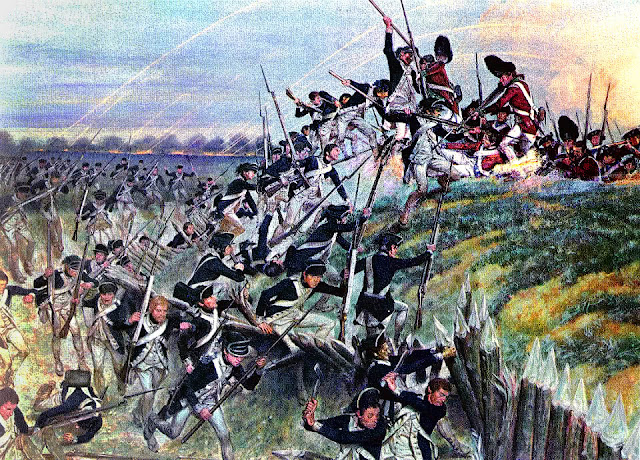This post contains affiliate links. For more information please see my Terms of Use and Disclosure Policy page. Thank you.
Many of the locations in the United States of America were named for places overseas. This is true of places such as Birmingham, Alabama; Canterbury, Connecticut; Concord, Massachusetts; and Yorktown, Virginia. Of course, in addition to English names we also find influence of the Spanish, French, and German settlers – as well as others. The historic town of Yorktown, which sits upon the York River, is important to American history because it is the last major battle of the American Revolution.
There are many excellent resources to use when studying the Colonial and American Revolutionary time periods of American history. And there are so many different aspects one could study when learning about the Revolutionary War but learning about the last major battle – the Siege of Yorktown is extraordinarily important. In September and October of 1781, the combined military forces of the Americans and French led the Yorktown campaign which would ultimately see Lord Cornwallis surrender.
 |
| General Washington and Comte de Rochambeau |
Land Attack
The British at Yorktown were vulnerable to both land attacks and a blockade by sea. This combined attack on the British started in late September 1781 with General George Washington's American forces and Lieutenant General Jean Baptiste Donatien de Vimeur, Comte de Rochambeau's French forces surrounding Yorktown.
Blockade by Sea
Cornwallis was hopeful that the relief forces being sent from New York would arrive to assist the British. He had received notice from General Clinton, commander in chief of the British Army, that men would be sent from New York but he failed to realize that a blockade would prevent the troops from arriving. The French fleet, under Admiral Francois Joseph, Comte de Grasse, prevented the British ships from providing the relief British soldiers.
Artillery Barrage
The Franco-American forces attack moved closer to Yorktown as Cornwallis abandoned his trenches further out and moved closer to the York River. This allowed the French and American soldiers to move the cannons closer to fire upon the city. So from early to mid-October, the Franco-American forces fired upon Cornwallis and the British defenses crumbled. British food and ammunition were running low and there was no sign of reinforcements being able to make their way to Cornwallis.
Surrender
On October 17, 1781, Lord Cornwallis asked for terms of surrender. Two days later, on October 19, approximately 8,000 British troops surrendered. This was the last large battle of the American Revolution. Some fighting would continue for two more years until the formal peace treaty was signed in 1783 but this was the last major action between the Revolutionaries and the British.
Today you can visit Yorktown Battlefield which is part of Colonial National Historic Park in Virginia.
Images from WPClipart.com







I find this a great summary and will be pulling it up when we get to this point in our history this year. We were in that area for a couple of days on our recent vacation and this was one of the places we had to cut from our visit list. Too many things to want to see and not enough time or money to do it all.
ReplyDeleteThank you! I was referencing several works and books to try to get a clear understanding of the events as I wrote it.
DeleteThis is amazing! I’m British so we never learned American history in depth and it’s fascinating!
ReplyDeleteI love studying British history, too. I wrote about King Henry VIII and Queen Elizabeth I earlier.
DeleteHistory is a favorite subject of mine. I have totally enjoying going through each letter with you.
ReplyDeleteThanks!
DeleteI learned a few things which is always good. :)
ReplyDeleteThanks! :)
Delete